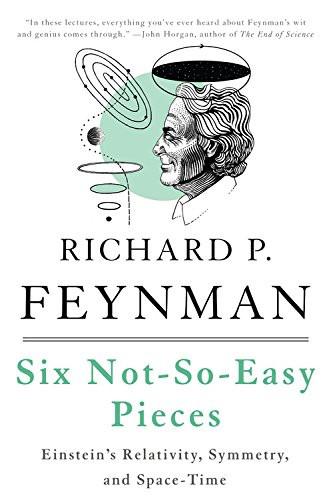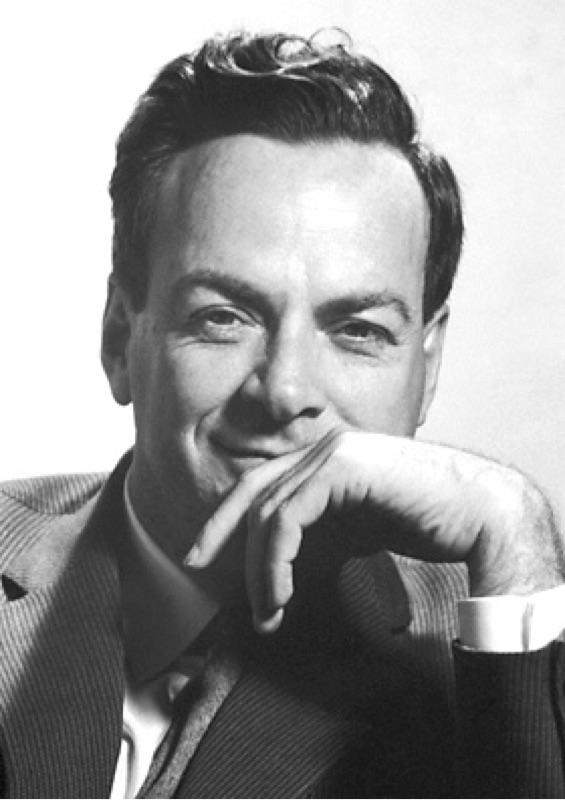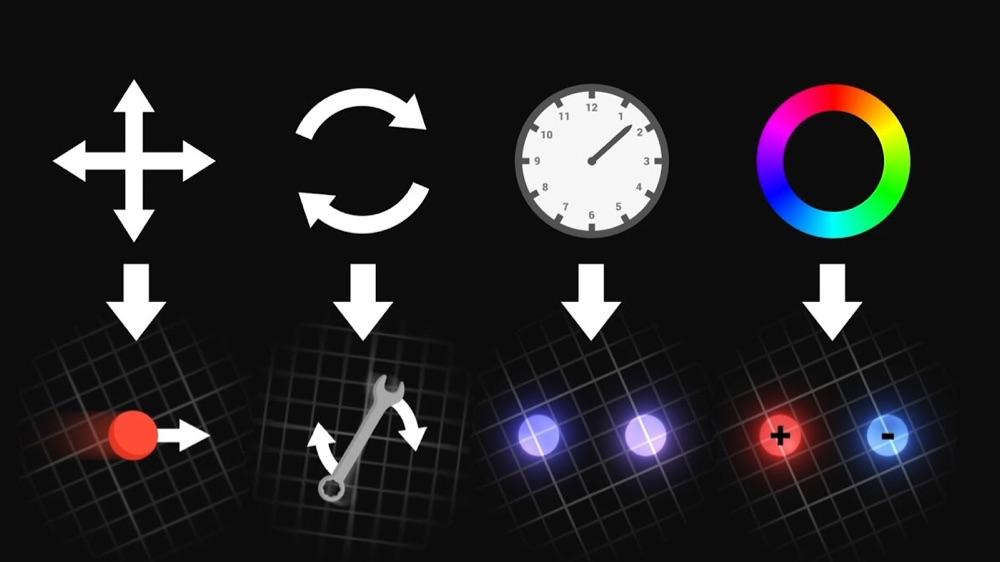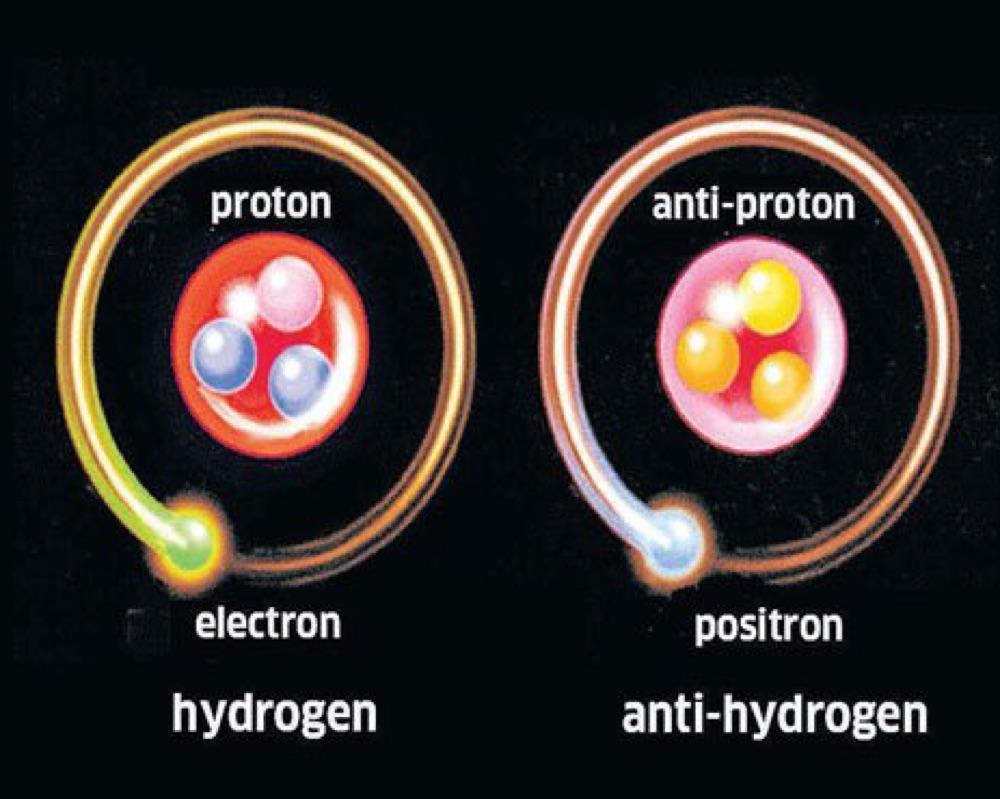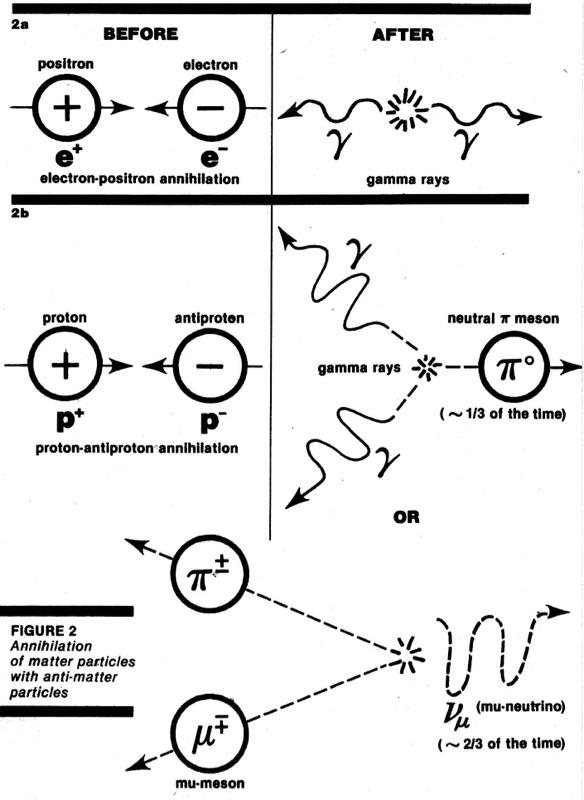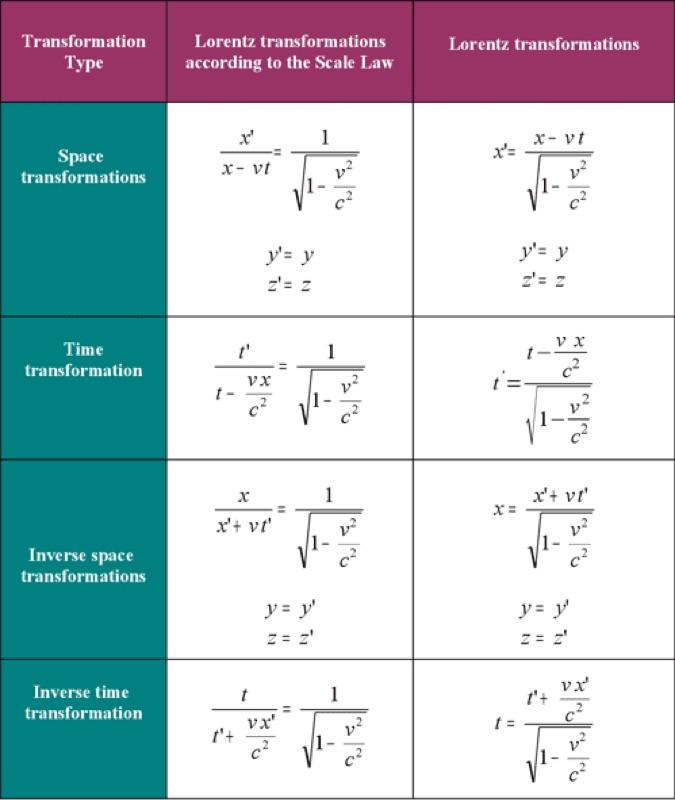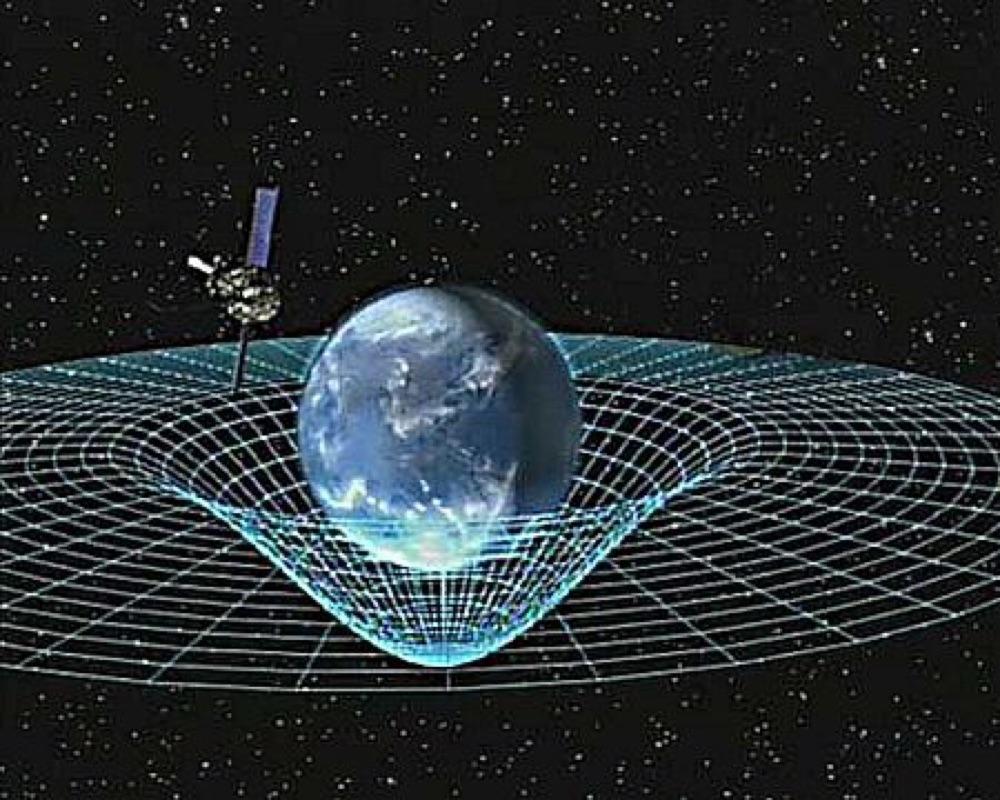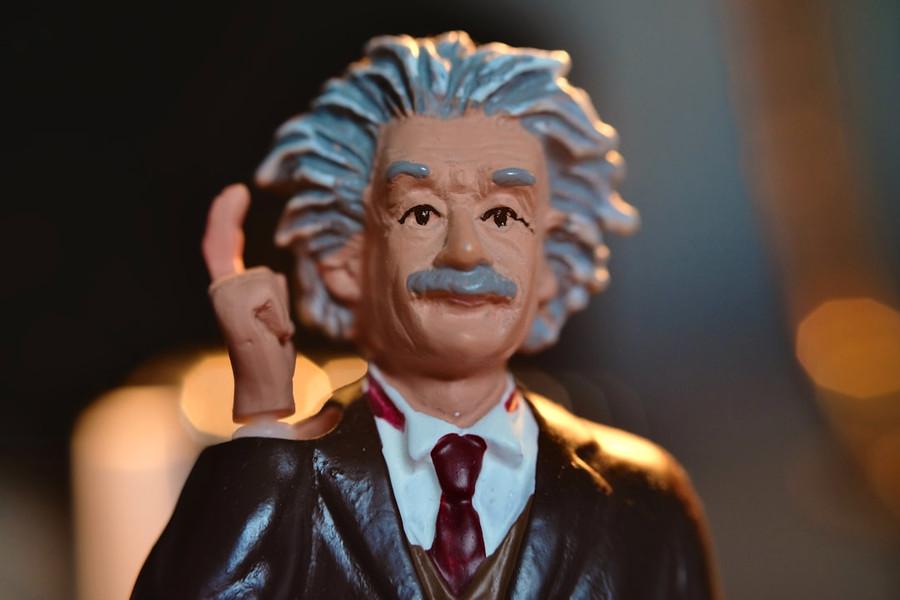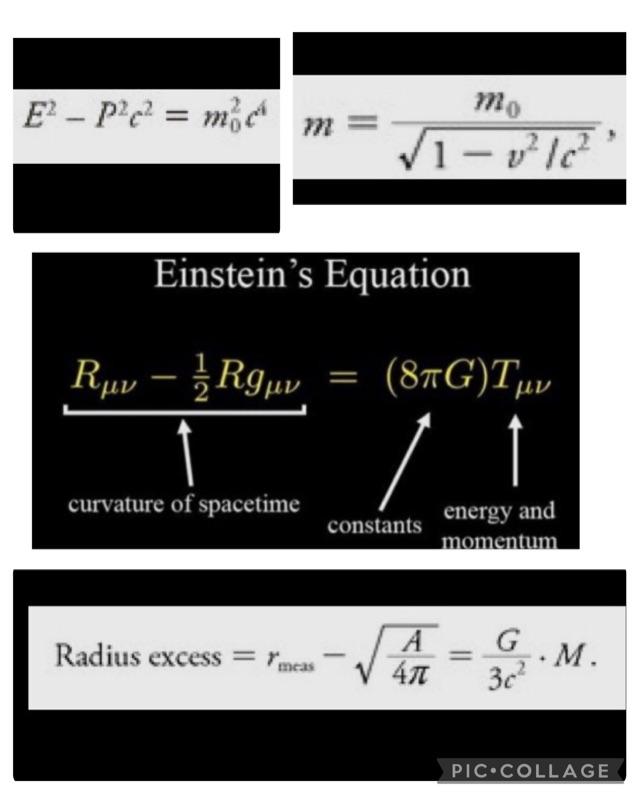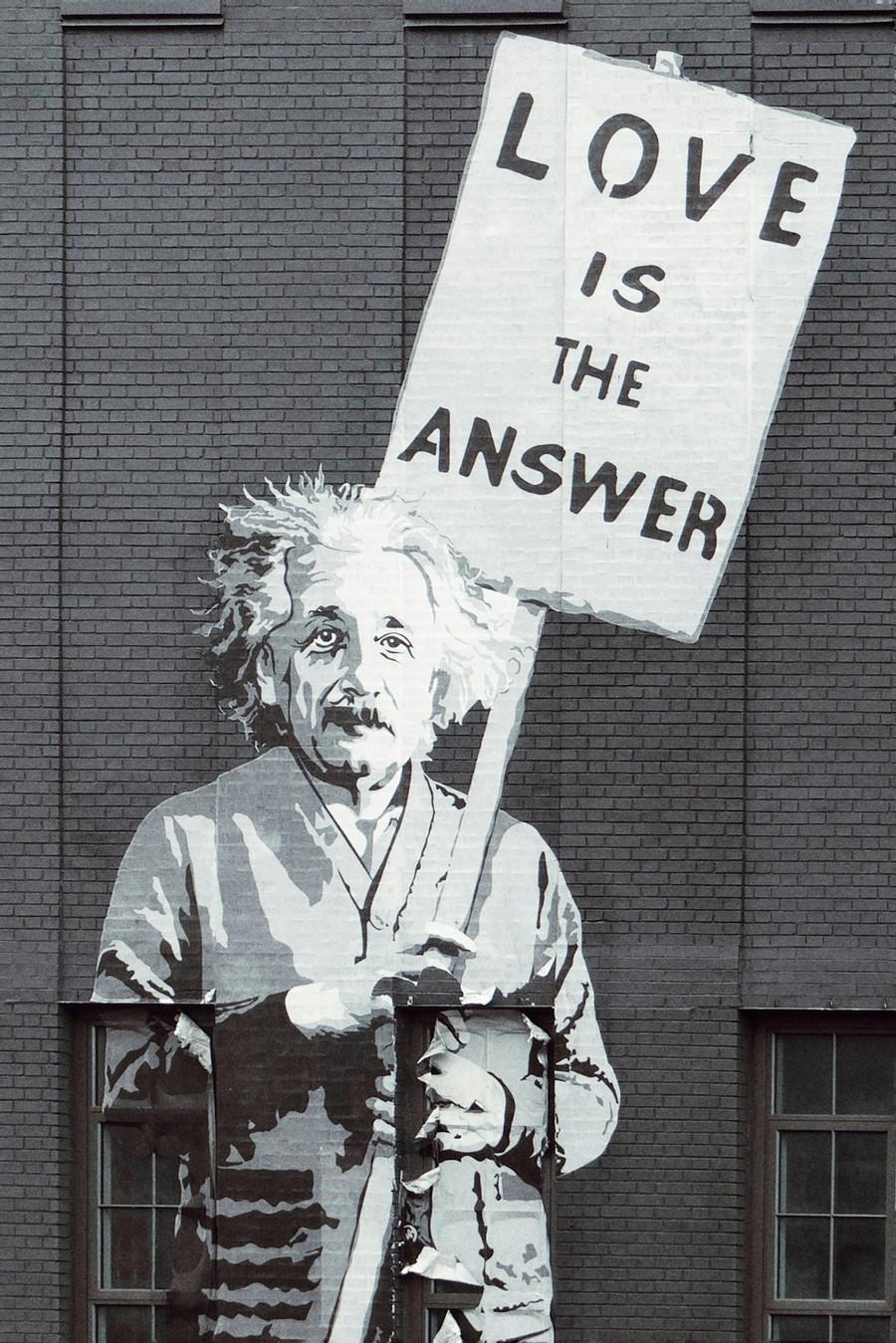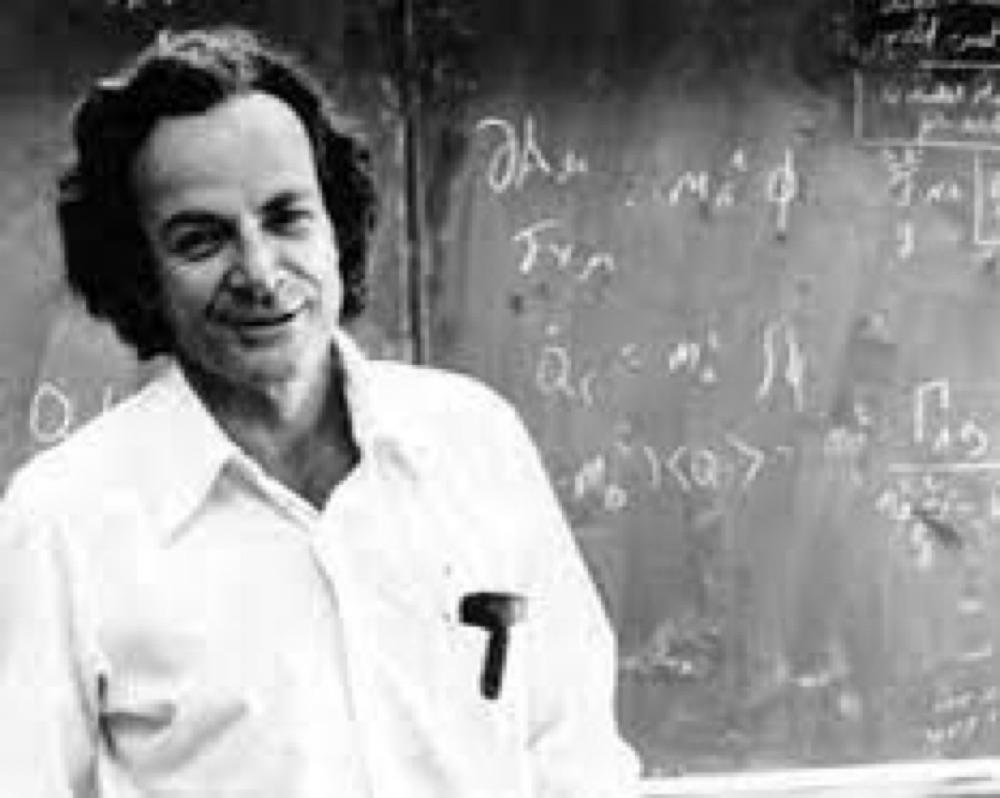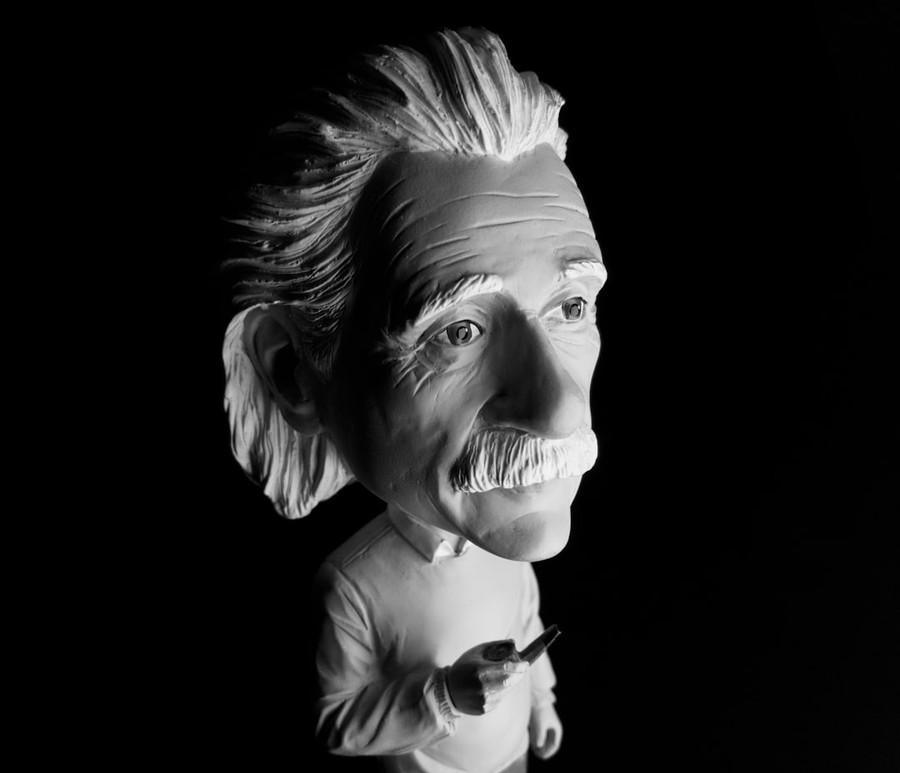Prince Rahul's Key Ideas from Six Not-So-Easy Pieces
by Richard P. Feynman
Ideas, facts & insights covering these topics:
14 ideas
·14.3K reads
66
1
Explore the World's Best Ideas
Join today and uncover 100+ curated journeys from 50+ topics. Unlock access to our mobile app with extensive features.
“Nobody ever figures out what life is all about, and it doesn't matter.
Explore the world. Nearly everything is really interesting if you go into it deeply enough.”
RICHARD FEYNMAN
210
2.92K reads
Symmetry In Physics
- Professor Hermann Weyl has given this definition of symmetry: a thing is symmetrical if one can subject it to a certain operation and it appears exactly the same after the operation.
- If there is a piece of equipment in one place with a certain kind of machinery in it, the same equipment in another place will behave in the same way. Why? The equations are the same, the phenomena appear the same.
- All quantities that have a direction, like a step in space, are called vectors.
125
1.86K reads
SYMMETRY IN PHYSICAL LAWS
- Symmetry Operations
- Translation in space
- Translation in time
- Rotation through a fixed angle
- Uniform velocity in a straight line (Lorentz transformation):
- Reversal of time: if we could see the individual molecules, we would not be able to discern whether the machinery was working forwards or backwards.
- Reflection of space
- Interchange of identical atoms or identical particles: all electrons are the same; all protons are the same; all positive pions are the same; and so on.
- Quantum-mechanical phase
- Matter-antimatter (charge conjugation)
127
1.39K reads
Antimatter
- Dirac predicted that in addition to electrons there must be another particle, called the positron (discovered at Caltech by Anderson), that is necessarily related to the electron.
- All the properties of these two particles obey certain rules of correspondence: the energies are equal; the masses are equal; the charges are reversed; but, more important than anything, the two of them, when they come together, can annihilate each other and liberate their entire mass in the form of energy, say γ-rays.
- The positron is an antiparticle to the electron.
127
984 reads
A neutron is neutral, so how can it have the opposite charge?
- The rule of the “anti” is not just that it has the opposite charge, it has a certain set of properties, the whole lot of which are opposite.
- The antineutron is distinguished from the neutron in this way: if we bring two neutrons together, they just stay as two neutrons, but if we bring a neutron and an antineutron together, they annihilate each other with a great explosion of energy being liberated, with various π-mesons, γ-rays, and whatnot.
126
877 reads
The Lorentz transformation
- Light always travels at 186,000 mi/sec in all systems, even when they are in relative motion.
- In other words, when the outsider sees the man in the spaceship lighting a cigar, all the actions appear to be slower than normal, while to the man inside, everything moves at a normal rate. So not only must the lengths shorten, but also the time-measuring instruments (“clocks”) must apparently slow down.
- So the Lorentz transformation is analogous to a rotation, only it is a “rotation” in space and time,
131
747 reads
The twin paradox
- Imagine, Peter and Paul, who are twins, born at the same time. Paul flies away at very high speed. Because Peter, who is left on the ground, sees Paul going so fast, all of Paul’s clocks appear to go slower, his heartbeats go slower, his thoughts go slower, everything goes slower, from Peter’s point of view.
- Of course, Paul notices nothing unusual, but if he travels around and about for a while and then comes back, he will be younger than Peter, the man on the ground!
- That is actually right; it is one of the consequences of the theory of relativity which has been clearly demonstrated.
134
745 reads
SPACE-TIME
- Einstein had a different interpretation of the law of gravitation. According to him, space and time—which must be put together as space-time—are curved near heavy masses.
- And it is the attempt of things to go along “straight lines” in this curved space-time which makes them move the way they do.
- The particles always take the longest proper time—in space-time a quantity analogous to the “shortest distance.” That’s the law of motion in a gravitational field.
129
676 reads
“When you sit with a nice girl for two hours you think it's only a minute. But when you sit on a hot stove for a minute you think it's two hours. That's relativity."
ALBERT EINSTEIN
142
767 reads
Einstein’s Laws Of Gravitation
- Time and distance rates depend on the place in space you measure them and on the time. This is equivalent to the statement that space-time is curved. From the measured area of a sphere we can define a predicted radius, And the curvature must be the same no matter who is looking at the matter or how it is moving.
- Particles move on “straight lines” (trajectories of maximum proper time) in this curved space-time.
127
608 reads
“Space is curved and that matter is the source of the curvature.
Matter is also the source of gravitation, so gravity is related to the curvature.”
ALBERT EINSTEIN
126
707 reads
Father of Atomic Bomb
E = (M-m)c^2. This equation was used to estimate how much energy would be liberated under fission in the atomic bomb, for example. The mass of the uranium atom was known—it had been measured ahead of time—and the atoms into which it split, iodine, xenon, and so on, all were of known mass. In other words, both M and m0 are known. So by subtracting the two numbers one can calculate how much energy will be released if M can be made to split in “half.”
For this reason poor old Einstein was called the “father” of the atomic bomb in all the newspapers.
122
598 reads
“I don't know what's the matter with people: they don't learn by understanding, they learn by some other way — by rote or something. Their knowledge is so fragile!”
RICHARD FEYNMAN
132
704 reads
”The aim [of education] must be the training of independently acting and thinking individuals who, however, see in the service to the community their highest life problem."
ALBERT EINSTEIN
133
783 reads
IDEAS CURATED BY
The more one seeks to rise into height and light, the more vigorously do ones roots struggle earthward, downward, into the dark, the deep — into evil.
CURATOR'S NOTE
Richard Phillips Feynman (May 11, 1918 – February 15, 1988) was an American theoretical physicist, known for his work in the path integral formulation of quantum mechanics, the theory of quantum electrodynamics, the physics of the superfluidity of supercooled liquid helium, as well as his work in particle physics for which he proposed the parton model. For his contributions to the development of quantum electrodynamics, Feynman received the Nobel Prize in Physics in 1965 jointly with Julian Schwinger and Shin'ichirō Tomonaga.
“
Prince Rahul's ideas are part of this journey:
Learn more about books with this collection
How to build trust in a virtual environment
How to manage remote teams effectively
How to assess candidates remotely
Related collections
Discover Key Ideas from Books on Similar Topics
6 ideas
Einstein
Barry R. Parker
14 ideas
7 ideas
The 6 types of people that will make your team thrive!
addingvalues.xyz
Read & Learn
20x Faster
without
deepstash
with
deepstash
with
deepstash
Personalized microlearning
—
100+ Learning Journeys
—
Access to 200,000+ ideas
—
Access to the mobile app
—
Unlimited idea saving
—
—
Unlimited history
—
—
Unlimited listening to ideas
—
—
Downloading & offline access
—
—
Supercharge your mind with one idea per day
Enter your email and spend 1 minute every day to learn something new.
I agree to receive email updates
